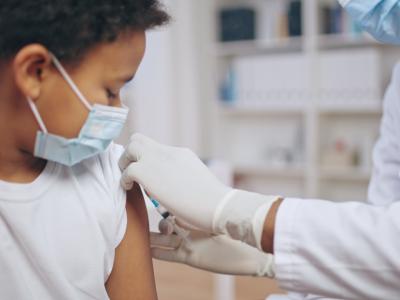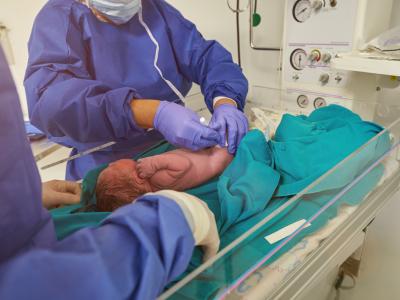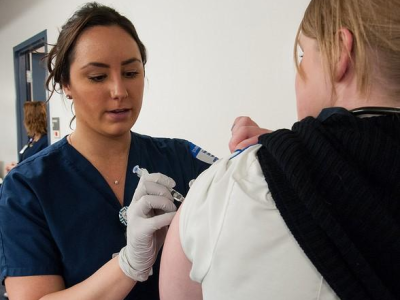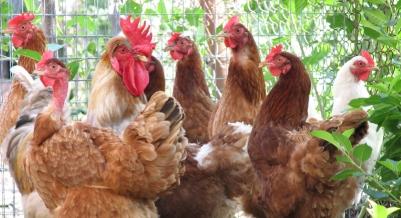
A multistate Salmonella outbreak has grown in just a few weeks from 7 to 104 cases, with 1 death now recorded, the Centers for Disease Control and Prevention (CDC) said in an update yesterday.
Since its previous update on May 5, the CDC has confirmed 97 new cases, and the number of affected states rose from 6 to 35. Twenty-five of the outbreak patients (30%) have required hospitalization. The death was in Illinois. The CDC says the true number of outbreak cases, however, is "likely much higher."
Pennsylvania has reported the most cases, 14, followed by Colorado (9), Tennessee (8), Illinois (7), and Virginia (6). Illness-onset dates range from February 9 to May 3. All but 8% of patients are White, and 52% are male. They range in age from less than 1 to 85 years.
Of the 71 people with information about animal contact, 58 (82%) reported contact with backyard poultry before they got sick.
Outbreak strain found in hatchery shipments
Among 33 case-patients who reported owning backyard poultry, 27 (82%) said they obtained their poultry this year from agricultural retail stores. "These outbreak strains have been linked to two hatcheries," the CDC said. "CDC is working with state partners to notify these hatcheries of these links and assess any links to upstream suppliers. Additional hatcheries may be linked to these outbreaks as the investigation continues."
Investigators in Ohio collected samples from boxes used to ship poultry from hatcheries to stores. Whole-genome sequencing showed that the Salmonella Mbandaka found in these samples was the outbreak strain making people ill. This sample was linked to a hatchery that officials are investigating.
The CDC in each of the past several years has reported large Salmonella outbreaks tied to backyard poultry. The 2024 outbreak included 470 confirmed cases and 1 death. In 2023, cases climbed to 1,072, and in 2022 the case total was 1,230, including 2 deaths.
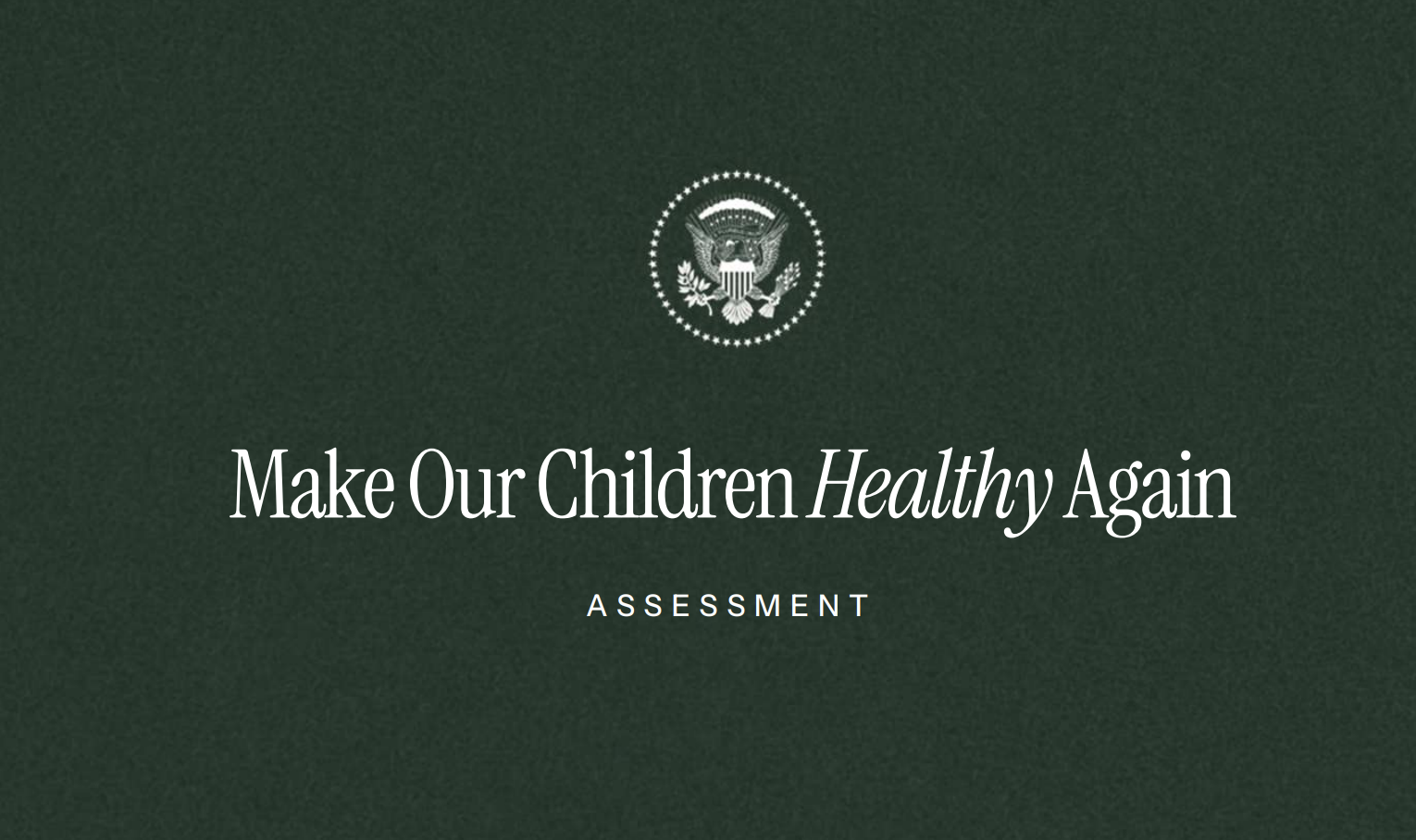 A Trump administration report outlining the potential factors related to the rise in chronic diseases in US children cites several studies that don't exist, according to media reports.
A Trump administration report outlining the potential factors related to the rise in chronic diseases in US children cites several studies that don't exist, according to media reports.

